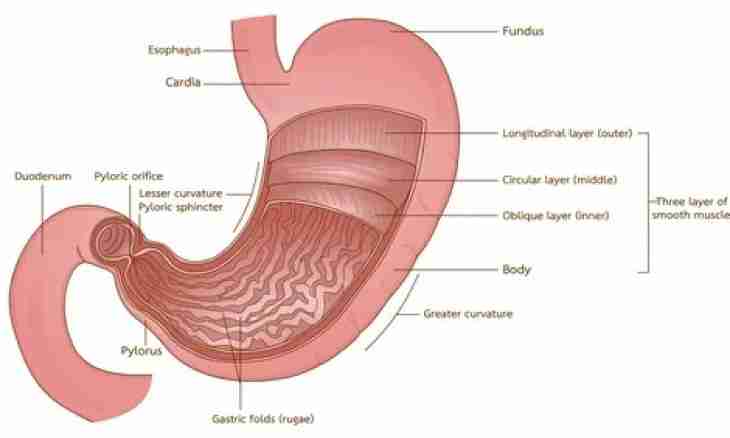Communicating vessels are called such tanks which are connected among themselves. Liquid in their different parts is leveled on one high-rise column. Striking examples of such vessels are the teapot and a watering can. But it is devices which are made at the plants, that is already ready communicating vessels. It is very easy to make similar tanks most.
It is required to you
- Medical dropper, scissors, ball pens, tubules from felt-tip pens, an adhesive tape or an insulating tape, plasticine, a plastic bottle.
Instruction
1. Sort two ball pens, it is desirable made of transparent plastic that it was possible to watch the liquid poured in communicating vessels. Take a tubule from under a medical dropper, cut off from it a piece of ten-fifteen centimeters. Fasten the ends of a tubule and the disassembled handles. Wind with an insulating tape (or an adhesive tape) junctions that liquid did not proceed. Arrange cores of handles vertically. Pour water into the turned-out communicating vessel. Notice even if cores of handles are not parallel, water level in them is identical. It is also the main property of communicating vessels.
2. Take the plastic bottle closed by a cover. Cut it in half, having randomly chosen height of future tanks. Establish both turned out a glass on a table. Connect them any tubule (the sorted felt-tip pen, the handle, a dropper, etc.). The junction has to be as low as possible that experiment could be made with the minimum quantity of liquid. Make sure that in places of establishment of a tubule liquid does not spill. Close up them with plasticine. Pour water into one of glasses. Pay attention that liquid will fill both vessels at one level.
3. The easiest way to receive a communicating vessel is to bend a soft tubule in a form of the Latin letter "U". And everything is ready. Vessels are the vertically located parts of a tubule, and their connection – its lower part. It is possible to change several a corner of arrangement of a vertical part of capacity, watching at the same time the liquid poured in a vessel. It will be equalized in both parts of a tubule.

